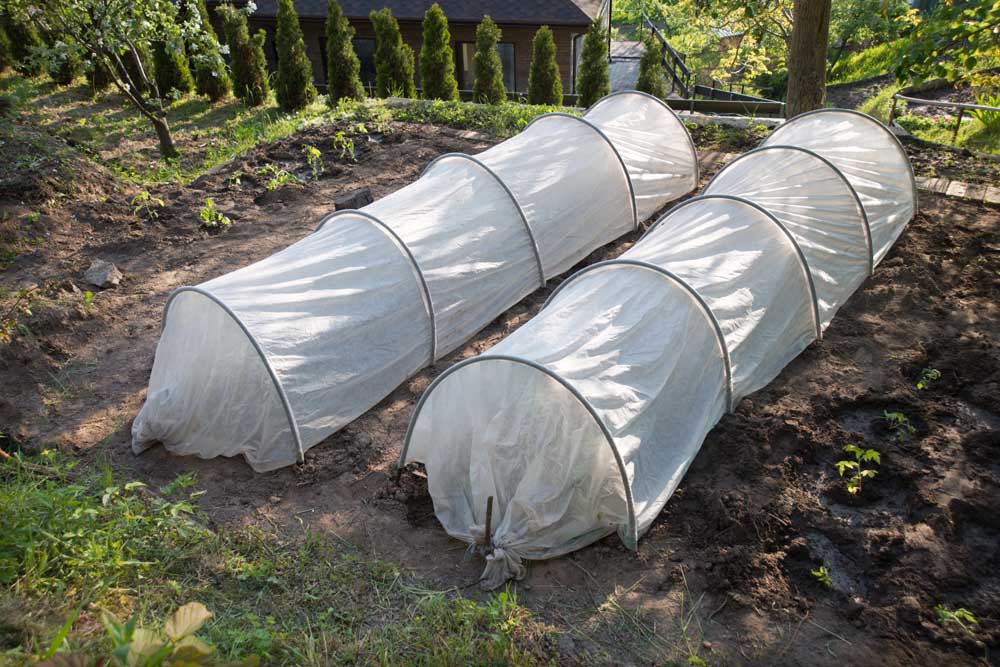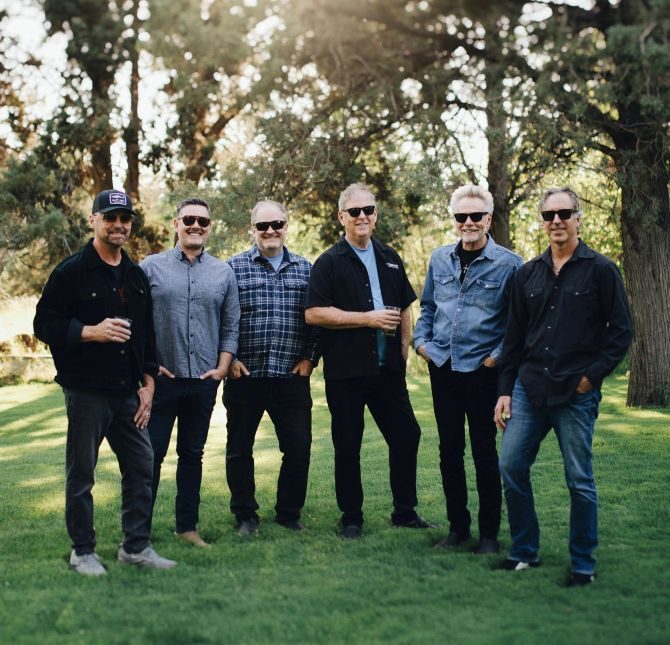Gardening corner: Extending the growing season all in the seed
Published 2:15 am Sunday, November 5, 2023

- The gardening season can be extended by installing mini-raised, hoop-tunnel beds and cold frames.
The last tomato has been picked. Potatoes and carrots have been dug and put into storage. A gardeners energy is decreasing but the mindset is still set to production.
Our mind takes a week off after the first frost then switches back to the “What if” mode of thinking. How could I continue to grow salad greens, or baby carrots, maybe winter radishes or one of the spinach varieties?
I have followed the writings of Niki Jabbour in Horticulture magazine for many years. I am always inspired by her year-round gardening in Nova Scotia.
The climate section on the Nova Scotia Wikipedia website describes the climate as being continental rather than maritime. The Fahrenheit temperatures equal approximately the same range as we experience. January temperatures range in the 29/9 degrees F, the July range is 79/54. They do not experience the occasional summer frosts that we do.
The main focus of her articles are based on the use of season extenders, not the exclusive use of a greenhouse. Her thoughts and methods are geared more to growing your own food for as long as possible. The key is to find the seed varieties that will produce in cooler temperatures. Look for seeds that state they will tolerate cold. Several of Jabbour’s favorites include “Auroch” spinach, “Winter Density,” “North Pole” and “Winter Marvel” are lettuces that grow well in fall, winter and early spring.
“Winter King” cabbage is a savory type whose flavor gets sweeter as the temperature drops according to Jabbour.
The season extenders include a mini-raised hoop-tunnel bed, and cold frames.
The hoop tunnel could be erected over an existing raised bed or built for that purpose. The hoops are made from 9-gauge wire. Several layers of row cover placed over the hoops for protection or clear poly could be used. The coverings are kept secure with snap clamps. For winter growing Jabbour switches the 9 gauge wire to half-inch lengths of PVC conduit. The wire, or conduit are spaced two to three feet apart. The hoops are changed out in the fall before the winter snows arrive.
A cold frame is a bottomless box with a clear top that is hinged. The box can be be constructed with a flat top or with the back side being a few inches higher than the front. Success of growing in the fall and winter would be the placement of the structures to take advantage of the most sun, plus choosing cold hardy vegetable seeds.
There is another growing concept in my neighborhood in the experimental stage called a walipini (wali-pini).
A walipini is an earth-sheltered cold frame growing system. It derives its name from the Aymoran language. The walipini style greenhouse is a hole dug in the ground with glazing laid over it in various ways.
The name originated in 2002 from an agricultural project with volunteers from Benson Institute when they went to Bolivia. The goal of the trip was to build a low-cost pit greenhouse for farmers to use year-round. Basically the hole is 6 to 8 feet deep. Popularity in the U.S. has increased due to the low building costs. The neighborhood walipini is a work in progress, much has been learned this first year with many questions on-going.
Why dig in? The earth’s center is a molten core of magma which heats the entire sphere according to one of the walipini sites. The soil temperature at 4 feet deep in the earth stays between 50 and 60 degrees F. According to a walipini site when the temperature above ground is cold, say 10 degrees F with a cold wind, the soil temperature at four feet deep in the earth will be at least 50 degrees F in most places. By digging into the ground you are tapping into the ‘thermal constant’ of the earth.
I look forward to following the development of the neighbors walipini and especially if it produces a tomato in December.








